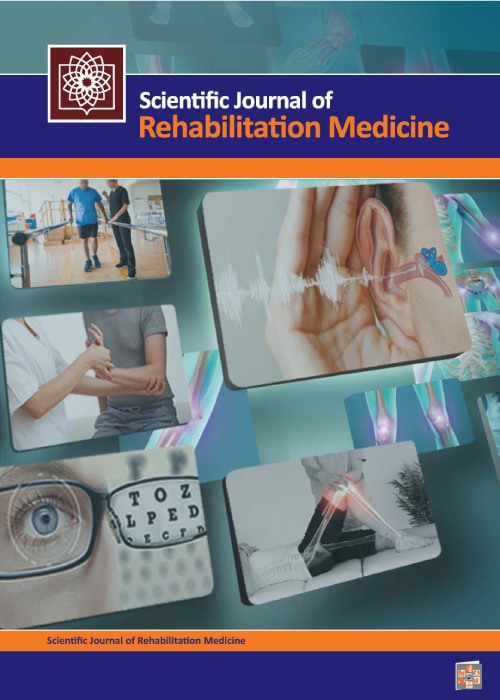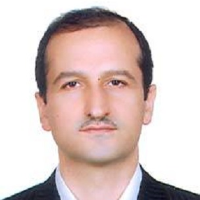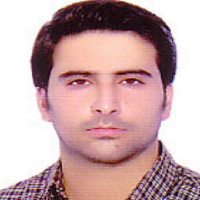The comparison of head, shoulder, and spine in veteran soccer and volleyball players and non-athletes
Author(s):
Abstract:
Background And Aim
Athletes of different sports require constant trainings and strengthening of certain muscles in order to achieve higher levels of performance and therefore must spend a lot of time in the dominant posture of that sport. As a result, depending on the dominant posture of each sport, athletes body and curves of the spine may be affected. The aim of the present study was to compare head, shoulder, and spine in veteran soccer and volleyball players and non-athletes.Materials And Methods
In the present comparative study, the statistical population consisted of all 45-60 year-old veteran soccer and volleyball players in Guilan, from whom 90 were randomly selected (30 veteran soccer football players: mean age: 52/52±3/91 years, height: 168/73±6/63 cm, weight: 76/53±10/77kg, BMI: 26/79±4/65 kg/m2, and veteran volleyball players: mean age: 53±6/06years, height: 184/33±5/72cm, weight: 79/25±11/8, BMI: 23/4±6/23 kg/m2, and 30 non-athletes: mean age: 52/9±4/88, height: 167/36±17/01, weight: 84/93±20/86 kg, BMI: 30/45±7/34 kg/m2). The participants had a history of at least 15 years of playing and practicing their sports, and had also at least three weeks of regular practice at the time of the study. Paricipants photos were examined in sagittal and frontal planes for forward head, torticollis, uneven shoulder, and forward head posture (FHP). Then, kyphosis and lordosis angles were assessed using spinal mouse. One-way ANOVA and scheffe post hoc tests were run in SPSS to anlyze the data (version 21).Results
Statistical analyses showed that soccer players had forward angles less than those of the volleyball players and non-athletes (P= 0/001). Round shoulder was significantly more in volleyball players compared with that in the other groups (P= 0/001). Unequality shoulder was also observed to be more in volleyball players (PConclusion
Data analysis showed that the forward head, uneven shoulder, round shoulder, and kyphosis and lordosis are significantly different among the three groups studied. However, no significant difference was found in torticollis between the two groups. Structural profile factors in athletes can be influenced by the type of sports they are engaged. Therefore, more attention to therapeutic exercises is necessary to correct and improve structural profiles in the athletes. Keywords:
Language:
Persian
Published:
Scientific Journal of Rehabilitation Medicine, Volume:5 Issue: 2, 2016
Pages:
173 to 183
magiran.com/p1563013
دانلود و مطالعه متن این مقاله با یکی از روشهای زیر امکان پذیر است:
اشتراک شخصی
با عضویت و پرداخت آنلاین حق اشتراک یکساله به مبلغ 1,390,000ريال میتوانید 70 عنوان مطلب دانلود کنید!
اشتراک سازمانی
به کتابخانه دانشگاه یا محل کار خود پیشنهاد کنید تا اشتراک سازمانی این پایگاه را برای دسترسی نامحدود همه کاربران به متن مطالب تهیه نمایند!
توجه!
- حق عضویت دریافتی صرف حمایت از نشریات عضو و نگهداری، تکمیل و توسعه مگیران میشود.
- پرداخت حق اشتراک و دانلود مقالات اجازه بازنشر آن در سایر رسانههای چاپی و دیجیتال را به کاربر نمیدهد.
In order to view content subscription is required
Personal subscription
Subscribe magiran.com for 70 € euros via PayPal and download 70 articles during a year.
Organization subscription
Please contact us to subscribe your university or library for unlimited access!




